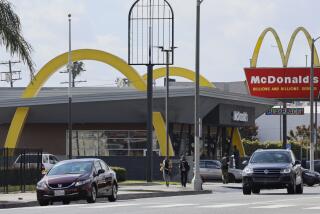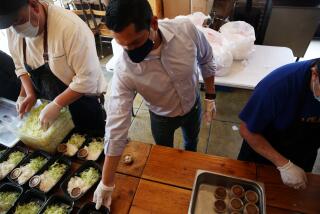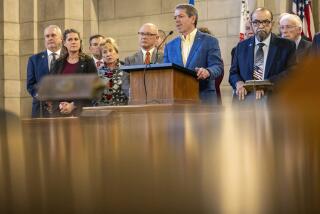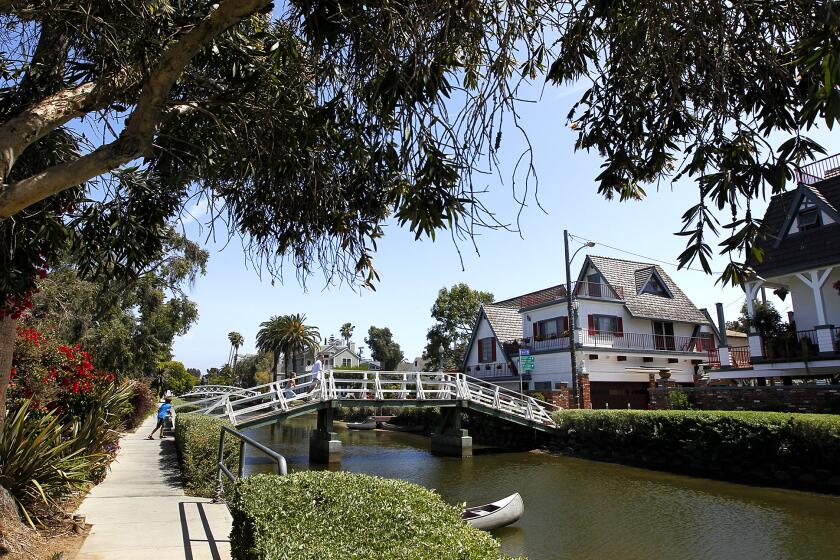Report finds 20% of Californians struggled to feed their families in 2010
One in five Californians struggled to afford enough food for themselves and their families last year, according to a new report by the Food Research and Action Center.
The rate in California was slightly higher than the national average of 18%.
Jim Weill, president of the Washington-based nonprofit, said the figures underscore the need for a strong nutrition safety net — including food stamps and school meals — for families that continue to struggle as the economy begins to recover.
“While the nation’s Great Recession may have technically ended in mid-2009, it has not yet ended for many of the nation’s households,” Weill said in a statement Thursday. “For them, 2010 was the third year of a terrible recession that is widely damaging the ability to meet basic needs.”
The report was based on data collected for the Gallup-Healthways Well-Being Index, which conducted telephone interviews with more than 350,000 people in 2010, including 35,543 people in California.
Just over 20% of California respondents answered yes to the question: “Have there been times in the past 12 months when you did not have enough money to buy food that you or your family needed?”
That places the state at No. 16 in the nation for food hardship, the report said. The highest rate was recorded in Mississippi, where nearly 28% said they did not always have enough money to buy food. The lowest rate, just over 10%, was in North Dakota.
The report also looked at food hardship in the 100 metropolitan statistical areas with the largest number of respondents. These areas were defined by the Census Bureau and include cities and their surrounding communities.
The two highest metropolitan rates were in California: 27% in the Fresno area and 26% in Riverside, San Bernardino and Ontario. The rate in Bakersfield was 24%; Los Angeles, Long Beach and Santa Ana came in at 21%.
In an interview Friday, Weill blamed California’s high rate of food hardship on above-average unemployment and low participation in the federal food stamp program. Just half of eligible Californians were receiving the benefit in 2008, the most recent year for which federal estimates are available.
“One way that California can deal with its outsized hunger problem is to get food stamps to people who are eligible,” Weill said.
More to Read
Start your day right
Sign up for Essential California for news, features and recommendations from the L.A. Times and beyond in your inbox six days a week.
You may occasionally receive promotional content from the Los Angeles Times.






